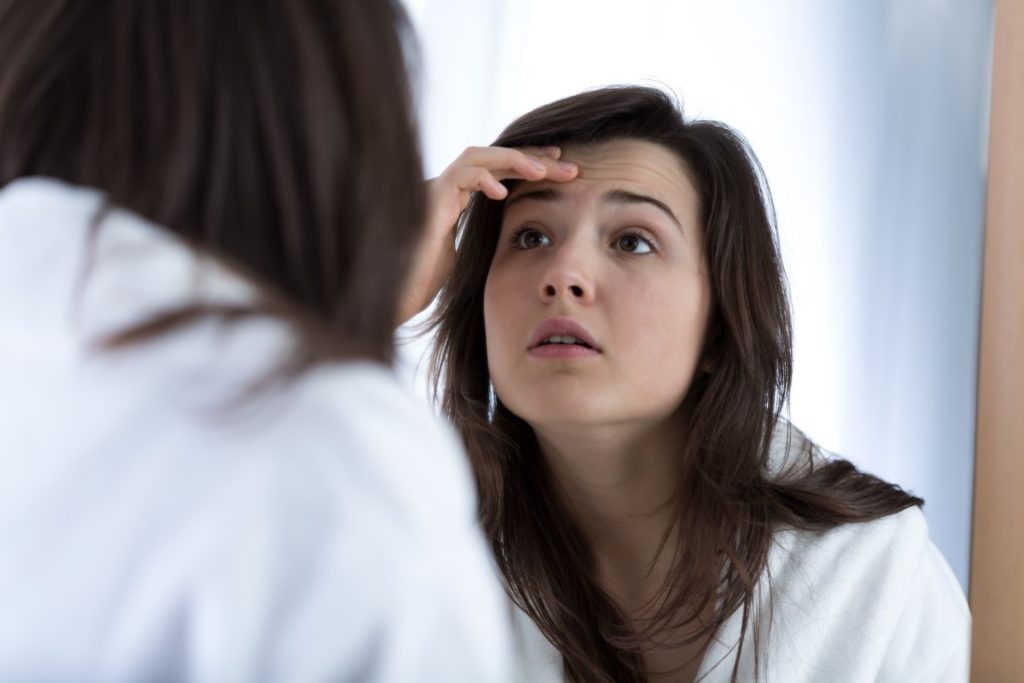Melasma (also known as Chloasma faciei or the mask of pregnancy when present in pregnant women) is a common skin problem. It causes brown to gray-brown patches on the face. Most people get it on their cheeks, bridge of their nose, forehead, chin, and above their upper lip. It also can appear on other parts of the body that get lots of sun, such as the forearms and neck.
types of melasma
Four types of pigmentation patterns are diagnosed in melasma:
- Epidermal melasma is identified by the presence of excess melanin in the superficial layers of skin.
- Dermal melasma is distinguished by the presence of melanophages (cells that ingest melanin) throughout the dermis.
- The mixed type includes both the epidermal and dermal type.
- The fourth type, ( unnamed ) excess melanocytes are present in the skin of dark-skinned individuals.
diagnosis of melasma
Other disorders that may be considered instead of melasma or as well as melasma include:
- Solar lentigines and other forms of lentigo
- Postinflammatory pigmentation
- Drug-induced pigmentation, eg- due to minocycline or NSAID’s
- Occasionally, skin biopsy may be performed to make or confirm the diagnosis of melasma.
treatment of melasma
- Melasma can fade on its own, particularly when the trigger causing it—such as pregnancy or oral contraceptive use—ends.
- The best treatment is a topical combination hydroquinine cream, sun avoidance, and no estrogen exposure. Boosters are only of limited benefit. A chemical peel or laser treatment may help in about a third of cases, a third of cases remain the same, and another third show hyperpigmentation.
- Prophylactic management is often the most effective means of prevention. Avoidance of sun exposure and use of high-SPF sunscreens (50+) can prevent the development of melasma.




